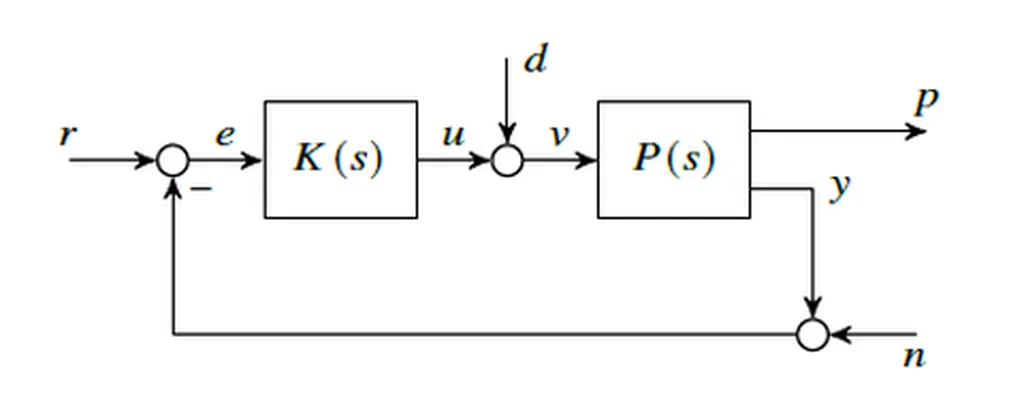Researchers at the Technische Universität Dresden have introduced a novel approach to designing robust control systems without the need for detailed process modeling. This development, led by Michael Ruderman, addresses a common challenge in practical control engineering where precise models of dynamic systems are often unavailable. Instead, engineers must rely on general assumptions about the system’s behavior, particularly in motion control applications.
The study proposes a straightforward and practical method for designing PI-Lead controllers, a type of feedback control system that combines proportional-integral (PI) control with a lead compensator. The method leverages the ultimate sensitivity principle, a concept well-known in the empirical Ziegler-Nichols tuning of PID controllers. By focusing on loop shaping—a technique used to adjust the frequency response of a control system—the researchers developed a three-step procedure to determine the integration time constant, control gain, and lead element. This ensures a sufficient phase margin, a critical factor in the stability and performance of control systems.
The procedure is notable for its simplicity and reliance solely on experimental observations of the output value, eliminating the need for complex modeling. This practical approach makes it particularly suitable for real-world applications where detailed system models are either unavailable or impractical to develop. The effectiveness of the proposed method was validated through experiments on a noise-perturbed electro-mechanical actuator system with translational motion, demonstrating its robustness and practicality.
This research represents a significant advancement in control engineering, offering a practical solution for designing robust control systems in scenarios where detailed modeling is not feasible. By simplifying the design process and ensuring stability through experimental tuning, the method provides engineers with a valuable tool for enhancing the performance and reliability of control systems in various industrial applications. Read the original research paper here.

